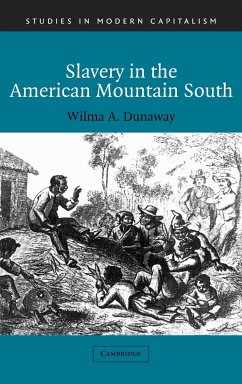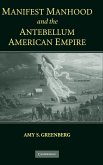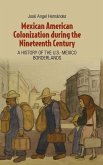Short description/annotation
This book focuses on slave experiences on small plantations in the American Upper South.
Main description
Wilma Dunaway breaks new ground by focusing on slave experiences on small plantations in the Upper South. She argues that a region was not buffered from the political, economic, and social impacts of enslavement simply because it was characterized by low black population density and small slaveholdings. By drawing on a massive statistical data base derived from antebellum census manuscripts and county tax records of 215 counties in nine states, on a vast array of slaveholder manuscripts, and on regional slave narratives, she pinpoints several indicators that distinguished Mountain South enslavement from the Lower South. These include a higher incidence of ethnic mixing between African and Native American slaves, heavier reliance on the field labor of women and children, and more frequent assignment of slaves to non-agricultural occupations. Dunaway also calls into question the notion that large numbers were necessary before slaves could engage in community building and resistance.
Table of contents:
List of maps; Introduction; 1. Slavery's grip on the Mountain South; 2. Labor management on mountain plantations; 3. Slaves in commerce and travel capitalism; 4. Slaves in industry and manufacturing; 5. Slavery and poor whites in the Mountain South; 6. Repression and antisystemic resistance on mountain plantations; 7. Cultural resistance and community building on mountain plantations; Conclusion; Notes; Bibliography; Index.
This book focuses on slave experiences on small plantations in the American Upper South.
Main description
Wilma Dunaway breaks new ground by focusing on slave experiences on small plantations in the Upper South. She argues that a region was not buffered from the political, economic, and social impacts of enslavement simply because it was characterized by low black population density and small slaveholdings. By drawing on a massive statistical data base derived from antebellum census manuscripts and county tax records of 215 counties in nine states, on a vast array of slaveholder manuscripts, and on regional slave narratives, she pinpoints several indicators that distinguished Mountain South enslavement from the Lower South. These include a higher incidence of ethnic mixing between African and Native American slaves, heavier reliance on the field labor of women and children, and more frequent assignment of slaves to non-agricultural occupations. Dunaway also calls into question the notion that large numbers were necessary before slaves could engage in community building and resistance.
Table of contents:
List of maps; Introduction; 1. Slavery's grip on the Mountain South; 2. Labor management on mountain plantations; 3. Slaves in commerce and travel capitalism; 4. Slaves in industry and manufacturing; 5. Slavery and poor whites in the Mountain South; 6. Repression and antisystemic resistance on mountain plantations; 7. Cultural resistance and community building on mountain plantations; Conclusion; Notes; Bibliography; Index.








